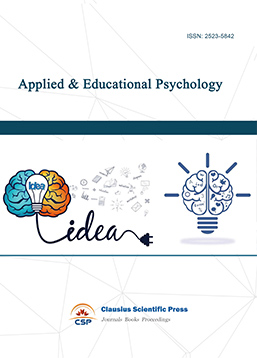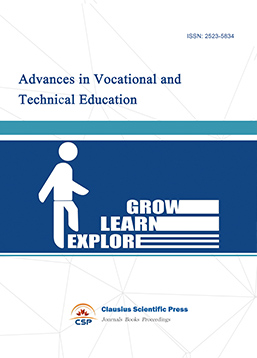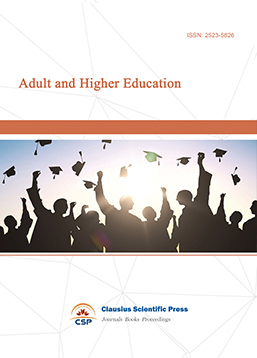The Application and Limitations of Artificial Intelligence Translation Tools (Such as ChatGPT) in Business Translation
DOI: 10.23977/aetp.2025.090603 | Downloads: 1 | Views: 80
Author(s)
Ye Weilin 1
Affiliation(s)
1 Huizhou University, Huizhou City, Guangdong, 516007, China
Corresponding Author
Ye WeilinABSTRACT
With the increasing frequency of global business activities, efficient and accurate cross linguistic communication has become one of the core competitiveness of enterprises.In an era marked by the exponential growth of artificial intelligence (AI) technology, intelligent translation tools such as ChatGPT have been steadily infiltrating the domain of business translation, leveraging their strengths in high efficiency and cost - effectiveness. These tools can process large volumes of text within seconds, reducing the time and financial resources typically required for traditional human - based translation. For instance, a multinational corporation could use ChatGPT to quickly translate routine business emails or product descriptions across multiple languages, thereby accelerating communication channels and potentially expanding market reach. Based on this, artificial intelligence translation tools, relying on their powerful technological advantages, have been widely applied in various aspects of commercial translation, but they also have obvious limitations.
KEYWORDS
Artificial Intelligence Translation Tools; Chatgpt; Business English; Translation; LimitationCITE THIS PAPER
Ye Weilin, The Application and Limitations of Artificial Intelligence Translation Tools (Such as ChatGPT) in Business Translation. Advances in Educational Technology and Psychology (2025) Vol. 9: 15-19. DOI: http://dx.doi.org/10.23977/aetp.2025.090603.
REFERENCES
[1] Smith, J. (2023). The Efficiency Gains of AI Translation Tools in Routine Business Communication [J]. Journal of Business Linguistics, 15(2), 45-62.
[2] Li, Y. (2024). Cultural and Linguistic Nuances in Business English Translation: A Challenge for AI. Translation Quarterly, 28(1), 34–50.
[3] Johnson, M., & Wang, H. (2022). "Security and Ethical Concerns in AI-Assisted Business Data Translation." Information Security Journal.
[4] Verschueren, J. (1999). Linguistic Adaptation Theory [M]. Oxford: Blackwell, pp. 32-56.
[5] Davis, F. D. (1989). Perceived Usefulness, Perceived Ease of Use, and User Acceptance of Information Technology. MIS Quarterly, 13(3), 319–340.
[6] Venkatesh, V., et al. (2003). User acceptance of information technology: toward a unified view [C]. Proceedings of the 30th Annual Hawaii International Conference on System Sciences, Big Island, HI, USA, pp. 1-12.
[7] Laudon, K. C., & Laudon, J. P. (2016). Information Security and Privacy Theory [M]. Boston: Pearson, n.p.
| Downloads: | 46272 |
|---|---|
| Visits: | 1938473 |

 Download as PDF
Download as PDF



